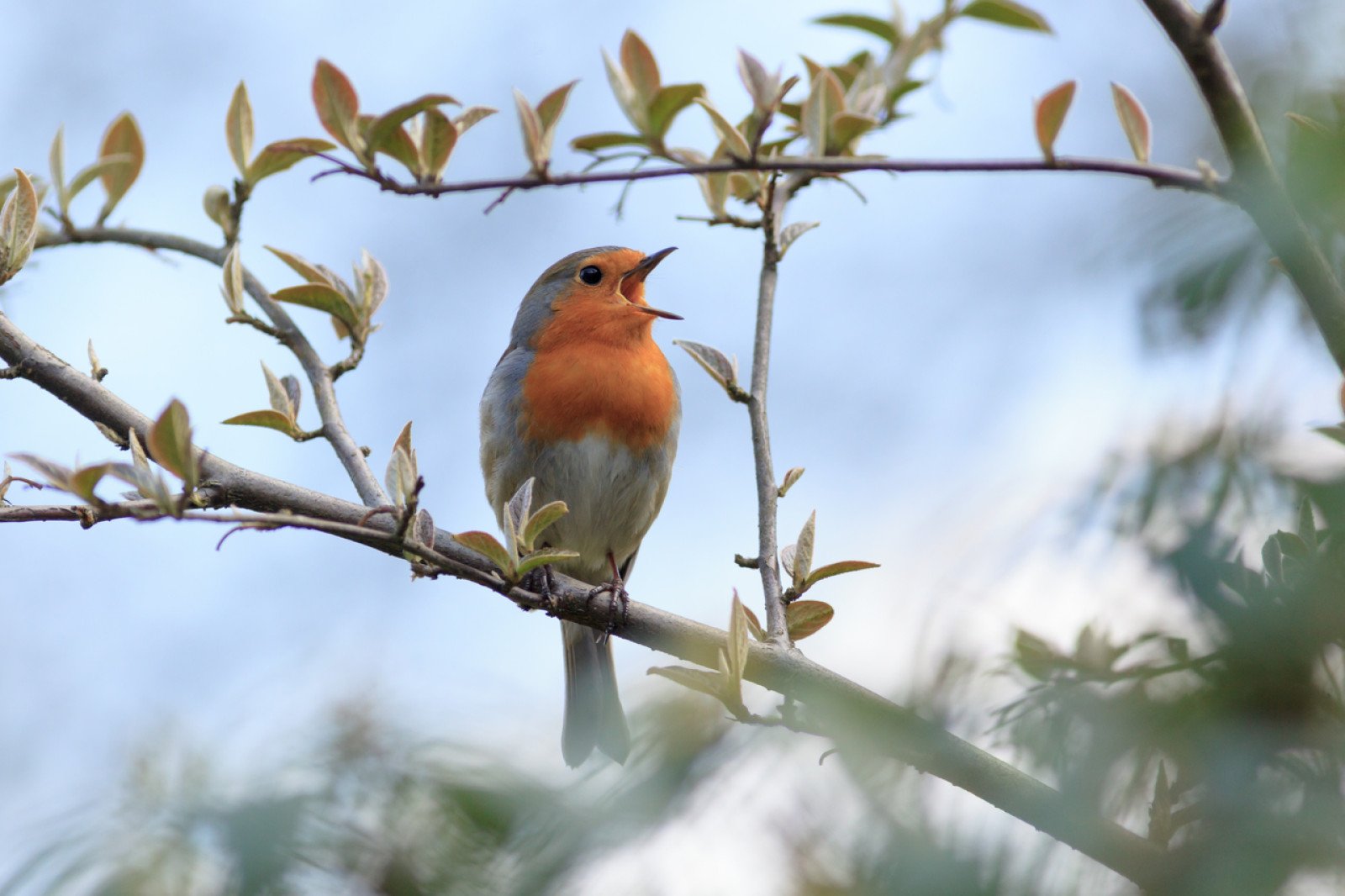What's that sound?
Students combine a sense of curiosity with their sense of hearing to make observations about the world around them.

Overview
Head outside, be still, and listen to the sounds around you. Record the noises that you observe (both natural and artificial) as drawings on a sound map.
Instructions
What you'll need
- Outdoor playground area
- Paper
- Clipboards (or a surface to write on)
- Pencils
- Today we’ll be making a sound map. Equipped with paper, a pencil and a surface to write on, shut off the classroom lights and head outdoors.
- Once outside, have your students find a comfortable spot to sit or stand and go over the sound map instructions:
- Mark an "X" in the centre of the paper that represents ‘you’ on the map.
- Close your eyes and listen quietly.
- For one minute, listen closely for sounds of animals, birds, people, cars and other activities.
- Open your eyes and keep listening, but now you can draw pictures or symbols on the map that represent the sounds you hear and where they’re coming from.
- Circle on the map which sounds are natural sounds, like birds or other wildlife, wind, moving water, people sounds (walking, laughing, talking). Compare observations as a class.
- Then, ask the students to share what other sounds they heard like car engines, horns, ambulance sirens, construction noise, music, or crosswalk signals beeping. Explain that these are artificial sounds, created by us.
- What is different about natural sounds and artificial sounds?
- Which did they hear more of?
- Would the sounds be different at different times of the day?
- What is it that powers the artificial sounds?
Modify or extend this activity
- Ask the students to move to another area of the school or ground with different sounds.
- Go back to the classroom to participate in the interactive slideshow “Sound down” to make sounds and understand how some artificial sounds use power.
Curriculum Fit
Grade 1 Science
Content
- Light and sound can be produced and their properties can be changed
- Natural and artificial sources of light and sound
Curricular competencies
Questioning and predicting
- Demonstrate curiosity and a sense of wonder about the world
Planning and conducting
- Make and record observations
Processing and analyzing data and information
- Experience and interpret the local environment
Communicating
- Communicate observations and ideas using oral or written language, drawing
Assessments
- Assess students’ ability to stay still and listen to sounds around them.
- Assess students’ ability to make and record observations.
- Assess students’ understanding of natural and artificial sounds.
Teaching Notes
Noise pollution
Noise or sound pollution refers to sounds that are annoying and disrupt activities of animals including humans. Mainly, these sounds are caused by artificial sounds like: cars/transportation engines, car horns, ambulance sirens, construction noise, and music playing. The effects on animals and humans can affect:
- Hearing
- Sleep patterns
- Cognitive functions
- Behaviours
- Feeding patterns
Reducing noise pollution helps reduce the impacts on animals including us and often results in energy conservation as many artificial sounds are caused by sources that rely on power to operate.






